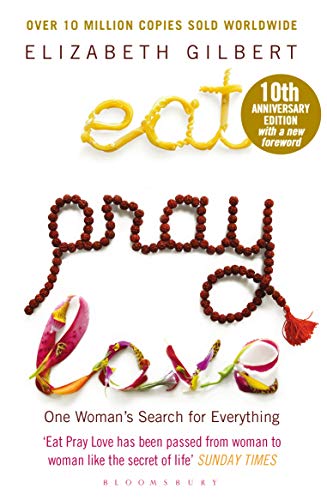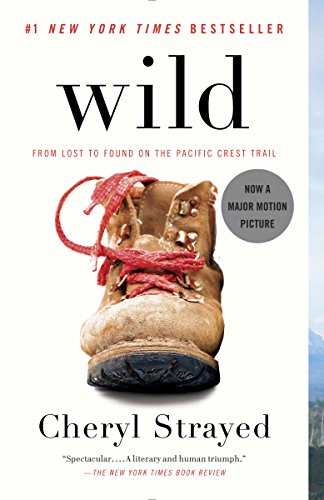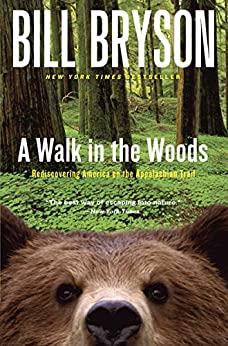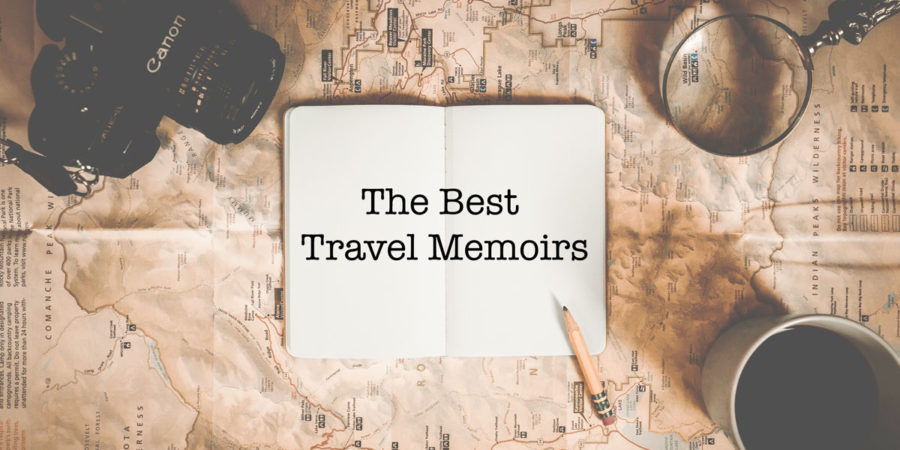For the last nine months, I’ve been quietly writing a travel memoir. Writing a book has been something I’ve aspired to do since the third grade, but it wasn’t until this past November that I decided to bite the bullet and actually do more than just talk about “the book I was going to write one day.” 2020 would be the the year I’d actually complete a book-length manuscript.
I took part in National Write a Novel Month (or NanoWriMo as it’s called for short) in order to motivate myself to set my fears aside and start writing. NanoWriMo is a nonprofit that encourages inspiring writers to write a 50,000 word novel in 30 days. They sponsor this event every year in November.
When I first sat down in front of the computer, what I started writing wasn’t a travel memoir. I started writing a memoir that spanned my high school years until present day. But I quickly scrapped that plan when I realized that covering a 20+ year time period would be far too ambitious for a 50,000-word book. Heck, it’d be far too ambitious for a 70,000 word book. So I narrowed the scope down to just one year of my life—a year that was life-changing and involved an epic adventure (more will be revealed in a future post).
After November was over, I got to work examining what I’d written—I didn’t hit the 50,000 word count that month but instead wrote a little over 30,000—and I realized that the smattering of scenes I’d been trying to tie together into coherent chapters still needed a lot of work. My story lacked flow. It lacked structure. It lacked all of the things that make a travel memoir great. But I didn’t know what to do to fix the problem.
Around that time, I’d started listening to two podcasts that focused on story structure—The Story Grid Podcast and the Editor’s Roundtable Podcast. Both emphasized the importance of “studying the masterworks” before you begin writing. Sean Coin, the literary agent who’d invented the story grid method to outlining a novel, said that from his experience, most first-time authors simply aren’t well-read enough. They haven’t read widely and deeply enough in their genre and in similar genres, which is what makes it difficult for them to understand genre conventions and reader expectation.
With that theory in mind, I set about reading and re-reading some of English literature’s most well-known travel memoirs. I also read nearly 20 non-travel memoirs as well. Below is a short list of memoirs that I found helped me the most in my process of deconstructing a story and analyzing what makes a travel memoir “work.”
1. Eat, Pray, Love by Elizabeth Gilbert

Love it or hate it, this 2007 memoir about a woman’s journey through Italy, India and Indonesia remains one of the most popular travel memoirs of all time. I’ve heard from friends who’ve read it and didn’t enjoy it that they thought the prose was “too navel gazing” and that the story didn’t do enough to capture the places Elizabeth Gilbert visited.
But I would argue that this book wouldn’t have had the mass appeal that it did if it hadn’t been for the fact that it focuses on the universal. Everyone can relate to heartache and wanting to escape their lives for an exotic adventure, and by making that the center of the story rather than the destinations, Ms. Gilbert told a story that inspired empathy and pulled at the readers’ heart strings. At it’s essence, “Eat, Pray, Love” is a classic “hero’s journey” story told in beautiful and unique settings.
Writing Tip I Took Away: Write about what’s universal.
When editing each paragraph and chapter, ask yourself if you’re including that particular scene or anecdote because you think readers will find it fascinating or if you merely adding it out of obligation.
2. Wild by Cherly Strayed

“Wild” is another travel memoir that focuses on the emotional interior of the story rather than on the action. The author hikes the Pacific Crest Trail and while there are details included that describe how difficult a journey it was, much of the book centers around the author’s grief over the loss of her mother. Those reading the book looking for a straight-forward hiking adventure story might be disappointed, but like with “Eat, Pray, Love”, I don’t believe the story would have resonated with so many readers if Cheryl Strayed had written it as more of a cut-and-dry travelogue.
Writing Tip I Took Away: Write about your vulnerabilities.
Cheryl Strayed is brutally honest in her portrayal of the events that lead up to her decision to go on a three-month-long solo hike, even though not all of those events paint her in the best light (she cheats on her husband repeatedly, for instance, and develops a heroin addiction). I imagine it took a lot of courage to risk portraying herself as unlikeable, but in doing so, she comes across as more human and sincere. As readers, we’re more apt to root for her because we see her as a sympathetic character; not in spite of her flaws but because of them.
I once heard on a podcast—I can’t remember now which one—a great piece of advice from a memoirist. She teaches memoir classes and advises all of her students to write down the deepest, darkest, most shameful secret they have that they wouldn’t want anyone in the world to know. She then tells her students that that secret should be the subject of their memoir. I love that advice and it’s something I took to heart when writing my travel memoir.
3. Me Talk Pretty One Day by David Sedaris

David Sedaris is one of my favorite authors and his book “Me Talk Pretty One Day” is hilarious. The collection of essays chronicles, among other things, his time spent living abroad in Japan and trying (and failing) to learn Japanese. His writing is witty and he has a strong voice; you really get a sense for who David Sedaris is and how he views the world.
Writing Tip I Took Away: Write about the things that make you weird.
Part of the appeal of a David Sedaris memoir is that his observations about himself and the world are so interesting. They make you stop and think “That’s so true! I can’t believe I never thought about it that way.” But another big appeal is that Sedaris does not shy away from writing about what makes him weird. He’s a peculiar guy and his idiosyncrasies have put him in some fairly cringe-worthy situations, but that’s what makes him such an entertaining narrator.
Brainstorm a list of things that you say and do that make you different and unique and include them in your memoir—you’ll become a much more three-dimensional and colorful character as a result.
4. A Walk in the Woods by Bill Bryson

Unlike the other authors on this list, Bill Bryson is known as a true-blue travel writer and no one could argue that his travel memoirs aren’t “real travel books.” This is because Bryson takes care to include a lot of facts and history behind each place he visits, and his book “A Walk in the Woods” is no exception. In it he chronicles his hike along the famous Appalachian Trail, and while the story is humorous and at times suspenseful, it’s also educational. You learn a lot about the history of the trail and what is required of someone to hike it.
Writing Tip I Took Away: Be strategic when including historical and statistical information.
Bryson does an excellent job of incorporating details about the hiking trail that are relevant and interesting. There’s no long-winded information dumps or details that feel included out of necessity. Every fact or figure he lists fits seamlessly into his story and feels as though it was hand-selected because it was fascinating. This takes consideration and careful planning.
Write your travel tale first, then when you’re in the revision stage, try to find little moments in your memoir where you can add a relevant fact or a quote. But only choose details that are sure to delight.
Other fantastic memoirs I’ve read:
- The Glass Castle—This is hands-down the best memoir I’ve ever read. The characters are vivid and the descriptions are beautiful.
- Wave—Although this isn’t a read for the faint of heart (it deals a lot with death and tragedy), it’s beautifully written and its author holds nothing back.
- When Breath Becomes Air—This is a short read with a unique premise. It’s sad but captivating.
- Blackout: Remembering the Things I Drank to Forget—This is a great example of a memoir that successfully spans an entire lifetime (from early childhood to the author’s 40s) without getting bogged down in unnecessary details.
- Into Thin Air—This is the best adventure tale I’ve read to date. Whether you’re interested in hiking expeditions up Mt. Everest or not, this tragic memoir will stay with you for a long time.



